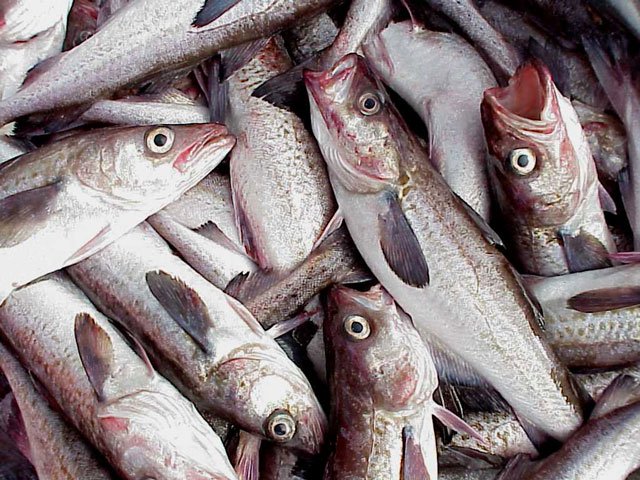With the exception of fillet blocks exported from the United States to Europe, it's thumbs up for pollock products coming out of Alaska. Amid rising quotas in U.S. waters and despite surplus Russian fish competing in European block fillet markets, demand remains strong enough to absorb the volume.
However, the influx of Russian fillets making their way into Europe has dampened wholesale prices somewhat for U.S. product, according to Marc Wells, president of Genuine Alaska Pollock Producers.
"Europe is kind of difficult," he says. "In the fillet block market I think we're pretty much maxed out in terms of volume to the buyers."
Still, product is moving, particularly to Germany, which has established itself as the number one export market for Alaska-produced, single-frozen pollock fillets.
Pat Shanahan, program director with GAPP, says an outreach campaign to promote the fillets (pin bone out) in Germany will continue throughout the remainder of the year. Recent polling data in various media outlets revealed 85 million impressions, mostly from electronic newspapers and blogs, she says. Interest among German consumers rides on the quality of the product and assurances that the fish they are eating have been managed for sustainability.
It doesn't hurt that biomass estimates — and harvest quotas — for Alaska pollock are on the rise.
The TAC for the Bering Sea in 2017 has been set at 1.35 million metric tons, up slightly from the 1.31 million metric tons two years ago.

Alaska pollock fish sticks. GAPP photo.
Meanwhile, demand for deep-skinned fillets in domestic markets saw a bump in sales following USDA approval of pollock fish sticks for lunches in public schools. An implicit part of getting pollock on the menu involves producing the fish sticks with 60 percent whole grain to meet the dietary criterion.
"It's a really nice product, says Shanahan. "Now we have a product that's fully prepared."
Schools in several states recently placed orders for 1.5 million pounds of the fish sticks for delivery in 2017 and 2018.
Surimi markets also remain strong, and new product forms keep surimi in high demand, according to Wells.
"The market for surimi is very steady and increasing slightly," says Marc Wells, "Every year seems to increase a little.”







